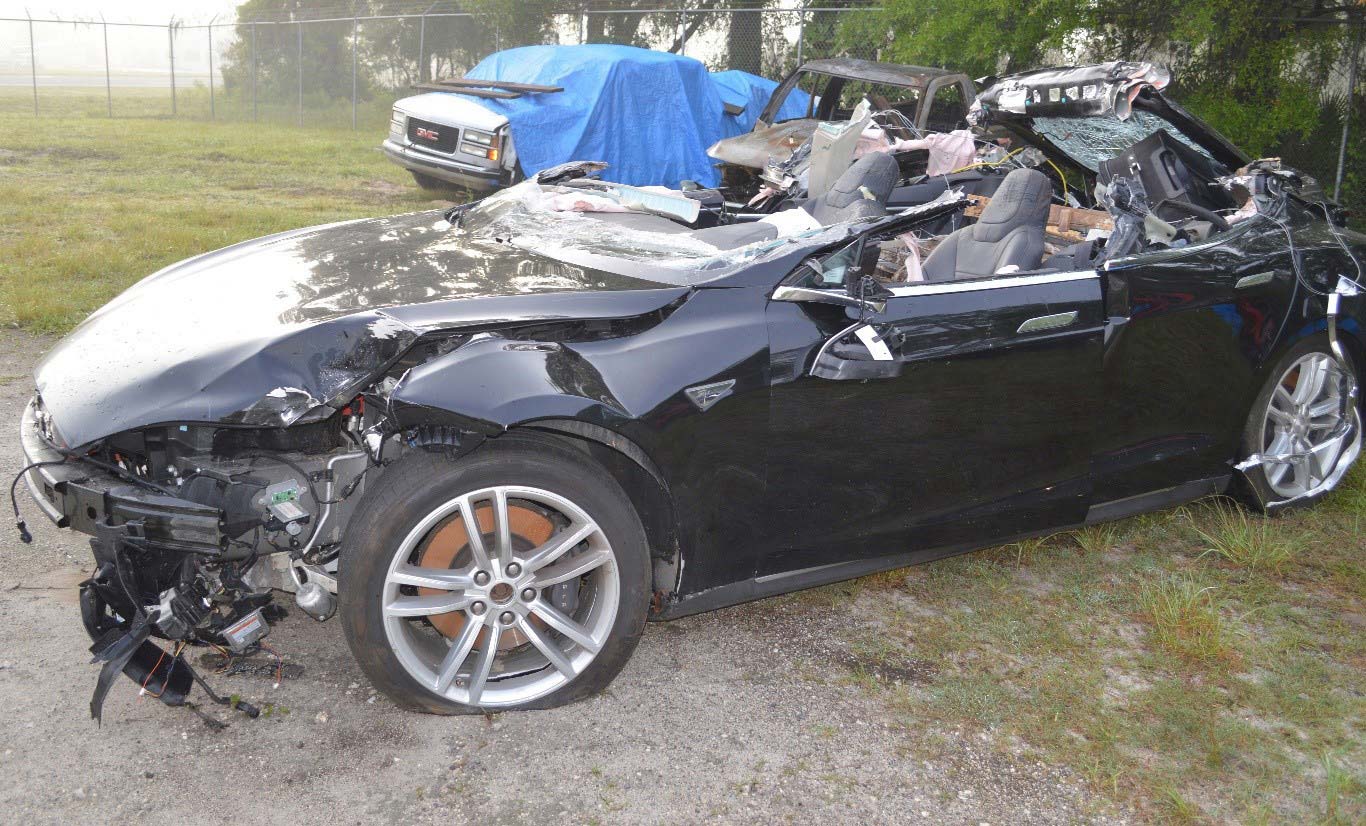The National Transportation Safety Board in a press release said that the truck driver’s failure to yield the right of way and the car driver’s inattention due to overreliance on vehicle automation are the probable cause of the fatal May 7, 2016, crash near Williston, Florida.
Also, the NTSB said that the operational design of Tesla’s vehicle automation made the car driver to over-rely on the automation. The design allowed prolonged disengagement from the driving task and enabled the driver to use it in ways inconsistent with manufacturer guidance and warnings.
“While automation in highway transportation has the potential to save tens of thousands of lives, until that potential is fully realized, people still need to safely drive their vehicles,” said NTSB Chairman Robert L. Sumwalt III. “Smart people around the world are hard at work to automate driving, but systems available to consumers today, like Tesla’s ‘Autopilot’ system, are designed to assist drivers with specific tasks in limited environments. These systems require the driver to pay attention all the time and to be able to take over immediately when something goes wrong. System safeguards, that should have prevented the Tesla’s driver from using the car’s automation system on certain roadways, were lacking and the combined effects of human error and the lack of sufficient system safeguards resulted in a fatal collision that should not have happened,” said Sumwalt.
Findings in the NTSB report include:
- The Tesla’s automated vehicle control system was not designed to, and could not, identify the truck crossing the Tesla’s path or recognize the impending crash. Therefore, the system did not slow the car, the forward collision warning system did not provide an alert, and the automatic emergency braking did not activate.
- The Tesla driver’s pattern of use of the Autopilot system indicated an over-reliance on the automation and a lack of understanding of the system limitations.
- If automated vehicle control systems do not automatically restrict their own operation to conditions for which they were designed and are appropriate, the risk of driver misuse remains.
- The way in which the Tesla “Autopilot” system monitored and responded to the driver’s interaction with the steering wheel was not an effective method of ensuring driver engagement.
- Tesla made design changes to its “Autopilot” system following the crash. The change reduced the period of time before the “Autopilot” system issues a warning/alert when the driver’s hands are off the steering wheel. The change also added a preferred road constraint to the alert timing sequence.
- Fatigue, highway design and mechanical system failures were not factors in the crash. There was no evidence indicating the truck driver was distracted by cell phone use. While evidence revealed the Tesla driver was not attentive to the driving task, investigators could not determine from available evidence the reason for his inattention.
- Although the results of post-crash drug testing established that the truck driver had used marijuana before the crash, his level of impairment, if any, at the time of the crash could not be determined from the available evidence.
The NTSB issued a total of seven safety recommendations based upon its findings, with one recommendation issued to the US Department of Transportation, three to the National Highway Traffic Safety Administration, two to the manufacturers of vehicles equipped with Level 2 vehicle automation systems, and one each to the Alliance of Automobile Manufacturers and Global Automakers.
The safety recommendations address the need for: event data to be captured and available in standard formats on new vehicles equipped with automated vehicle control systems; manufacturers to incorporate system safeguards to limit the use of automated control systems to conditions for which they are designed and for there to be a method to verify those safeguards; development of applications to more effectively sense a driver’s level of engagement and alert when engagement is lacking; and it called for manufacturers to report incidents, crashes, and exposure numbers involving vehicles equipped with automated vehicle control systems.

Leave a Reply
Note: Comments that are unrelated to the post above get automatically filtered into the trash bin.


































